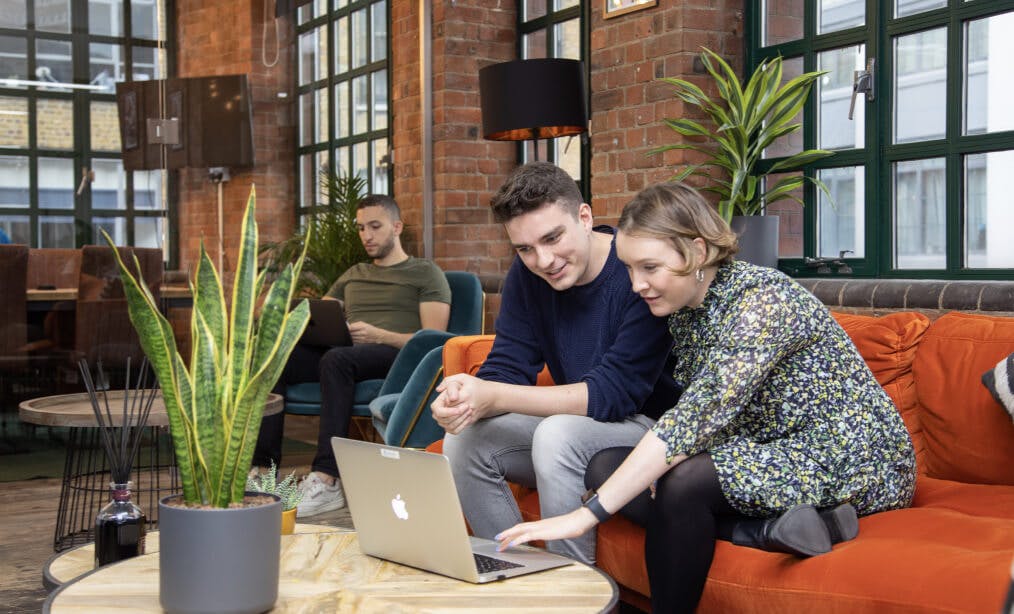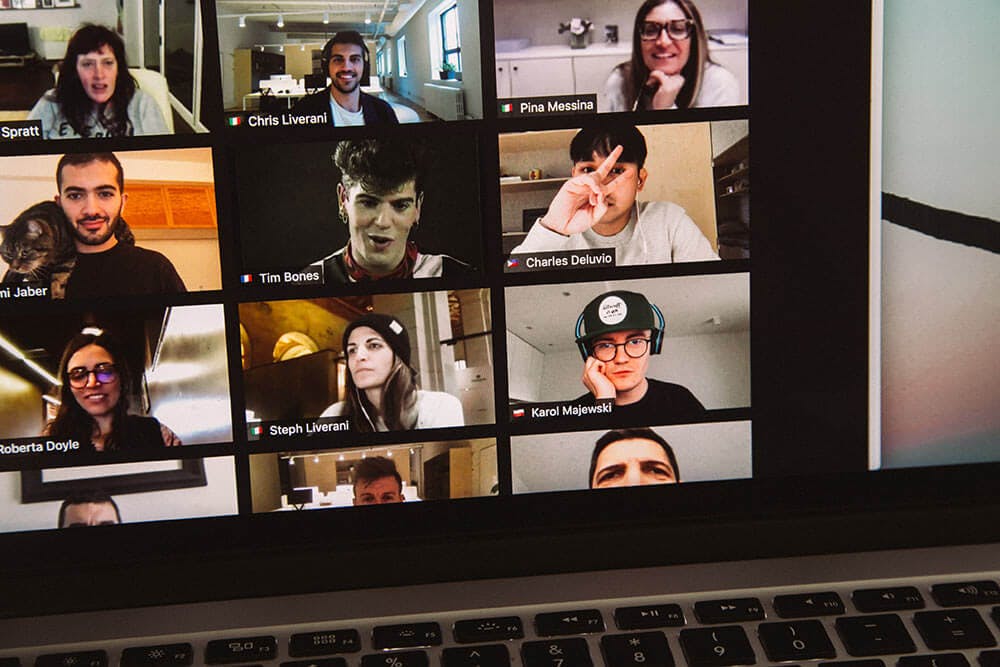How To Run Hybrid Events For Higher Ed

Open houses, visit days or taster sessions that are a mixture of online and in-person. It might be that some prospective students are still more comfortable visiting from home, while some want to physically be there: and you want to accommodate both.
Putting the time and effort into planning a good hybrid events strategy will pay dividends. At the University of Exeter, their virtual events were able to attract eight times more attendees than in-person equivalents.
Shanell Cartagena, Senior Assistant Director of International Admission at Bentley University, also found virtual events had benefits. “Especially for us,” she explained, “we have a large international audience and we had a lot more students from outside the US participate than we had in the past. You also don’t get 10 students asking the same question 10 times, so staff and student ambassadors prefer it for that reason.”
With a hybrid strategy, you can get all the benefits of virtual events: increased attendance, further reach, strong student engagement – while still keeping your doors open to people who want an in-person experience.
So here are three ideas on how to make that strategy work.
1. Don’t try and deliver an identical experience online and offline
The biggest mistake you can make for virtual events is trying to replicate your offline events. Take advantage of the fact it’s virtual and build a new event especially for the channel you’re using.
The same goes for hybrid events. There will be more work, but you must make sure you’re planning two events that are linked – not one event that is being streamed online. If you try and plan an offline event that you then throw online, your virtual audience won’t get the best experience.
You could livestream a sample lecture that everyone can take part in, then run breakout sessions during the in-person event, while the online attendees get to take part in a Q&A with the lecturer. While your in-person prospects go on an accommodation tour, your online attendees might get access to 360 tours and a livestream session with a current student.
And where you can, give the two groups opportunities to interact with each other – but recognise that your online audience and your in-person audience need a bespoke experience.
So don’t just follow the in-person attendees around with a phone, streaming Facebook Live. Instead, give all attendees a 10/10 visit. Even if the experience is different, you can ensure the quality is the same.
2. Remember that it’s engagement, not content, that drives conversion
Yes, the speech that the Dean of Admissions gives at the start of the day will be important for a lot of students in their decision making.
But it won’t be as important as the conversation a prospect has with the tour guide while they’re walking between accommodation spots.
And it won’t be as impactful as the quick question that gets answered by a lecturer on the way out of the lecture hall.
The point is that while you spend hours planning content, slides and speeches for your prospective students during a visit day, it is often the unprompted conversations and interactions that ultimately drive their decision.
Lauren – a prospective student who took part in our Student Insights Report – told us that these 1-1 conversations were really important for her decision: “none of my family have been to university before. It’s something I didn’t really know a lot about. So having the chance to speak to people who do know what they’re doing from first-hand experience really helped me get to grips with what I’ve got to look forward to.”
3. Make it available on-demand
A great part of virtual events is the ability to share a recording with attendees straight after, and keep access to the all-important transcript of questions.
This great feature is something you can carry over into your hybrid events. So to ensure that you get the most from an event, record the virtual side and keep a transcript of the conversations, and then make all of that content available to all attendees after the event.
And remember: just because someone visited in person, doesn’t mean their experience should end in-person. Give your prospective students the chance to connect digitally after the event, whether that’s by sharing a virtual goody bag with videos and content, or maybe by connecting them with a current student who can act as their mentor.
2022 will be the year of the hybrid event, and as we all adapt there is going to be a period of transition that is sometimes difficult. But we believe that virtual events and hybrid events will stick well into the future. When done well, they are more accessible, and give you further reach. So there has never been a better time to get the strategy right.
Don’t forget we’re here to help, so if you’re looking for a platform that can deliver digital experiences and virtual events for prospective students, check out our buyer’s guide, packed full of ideas for running events and getting the best tech to help.


